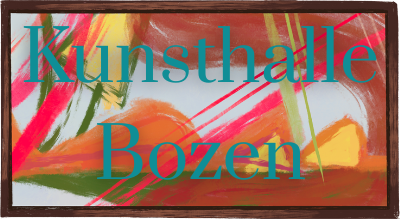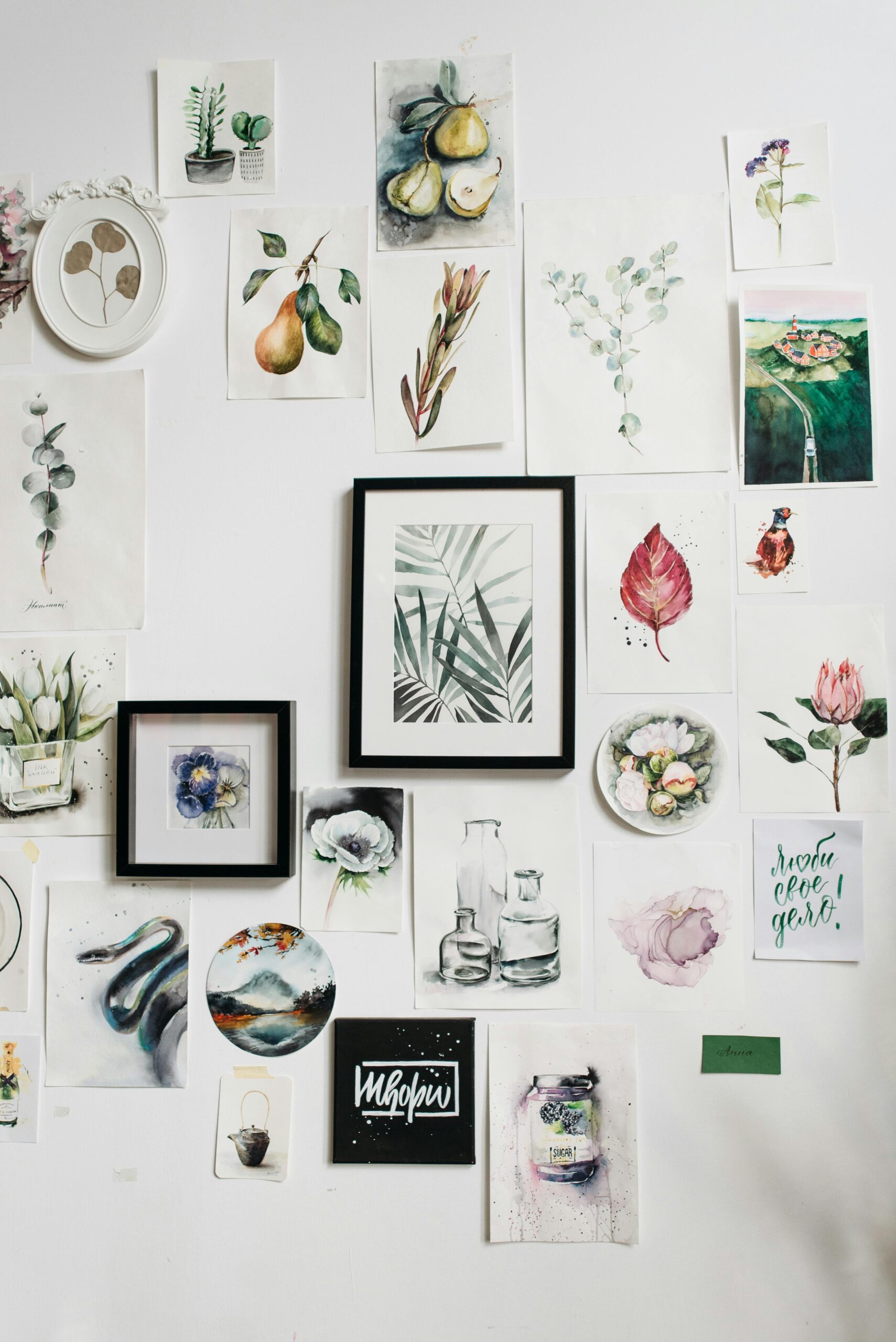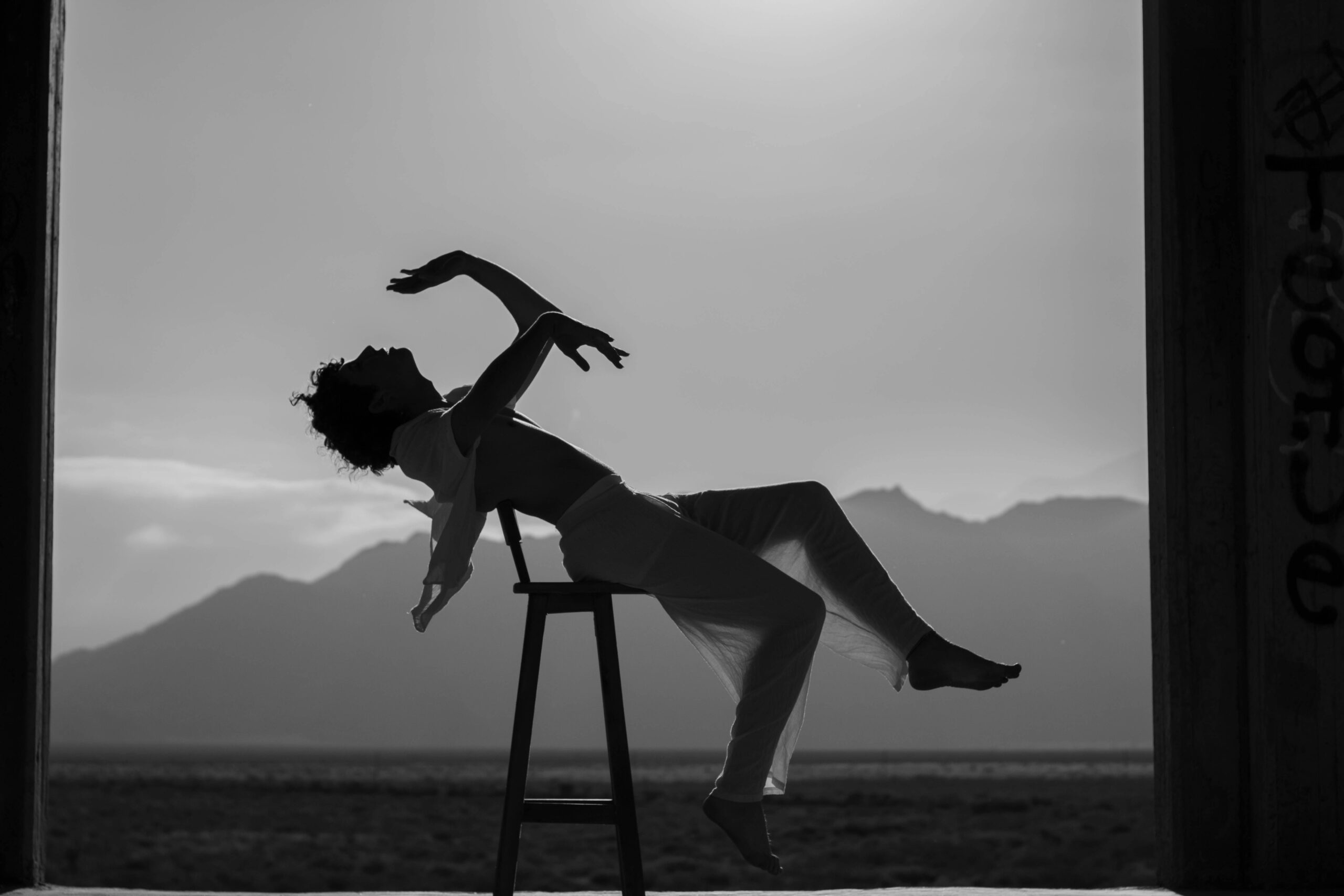Starting an art collection always felt like something far out of reach — something reserved for wealthy collectors or gallery insiders. But when I finally took the leap, I realized just how personal and rewarding building a collection could be, no matter the size of your budget. If you’ve ever thought about starting your own collection but weren’t sure where to begin, I hope my experience can offer some guidance (and encouragement).
The first thing I had to let go of was the idea that I needed to know everything before I started buying. You don’t need a master’s degree in art history to appreciate or collect art. You simply need a genuine interest, a willingness to explore, and trust in your own instincts.
I began by visiting as many exhibitions, galleries, and open studios as I could — not just the big, famous ones, but also smaller, independent spaces. Seeing art in person is completely different from scrolling through Instagram. The texture, scale, and presence of a piece tell you so much more than a photo ever could. I recommend carrying a small notebook (or using the notes app on your phone) to jot down which artists or styles grab your attention. Patterns will emerge.
Another important lesson I learned: don’t be afraid to ask questions. Most gallery owners, artists, and curators are happy to share insights, especially if you show genuine curiosity. They can tell you about the artist’s background, the materials used, and the story behind a piece — all of which deepens your connection to the work.
When it comes to actually buying, start small. My first pieces were modest prints and small paintings by emerging artists. Some were under 200 euros. It wasn’t about investment at that point — it was about living with art that moved me. Limited edition prints, photographs, and works on paper are a great entry point for new collectors. Many artists offer affordable works through open calls, online platforms, and even Instagram sales.
One of the best pieces of advice I ever received was to buy what you love, not what you think will increase in value. Trends change. Markets fluctuate. But if you buy pieces that resonate with you, your collection will always feel meaningful, no matter what.
As my collection grew, I also had to think about the practical side: framing, displaying, and caring for my pieces. Proper framing, especially for works on paper, makes a huge difference — both visually and in terms of preservation. I also learned to rotate my artworks from time to time, giving pieces a “rest” from direct sunlight or changing humidity.
Building relationships has been another unexpected joy of collecting. I now follow several artists whose careers I’ve watched blossom, and I feel a small but genuine connection to their journeys. Supporting an artist early in their career feels like cheering on a friend.
Finally, I can’t stress enough: take your time. Building a collection isn’t a race. It’s a slow, evolving reflection of your tastes, experiences, and discoveries. Some of my favorite pieces are ones I hesitated over for weeks before finally deciding — and I’m so glad I listened to my gut.
Starting your own art collection isn’t about status or investment. It’s about creating a home filled with stories, memories, and inspiration. If you’re even a little bit tempted, I encourage you to start looking, start learning, and trust yourself. The first piece you fall in love with is the beginning of something wonderful.
And who knows? Maybe one day you’ll look around your space and realize you’ve built a collection that feels like a beautiful, living extension of yourself — just like I did.



